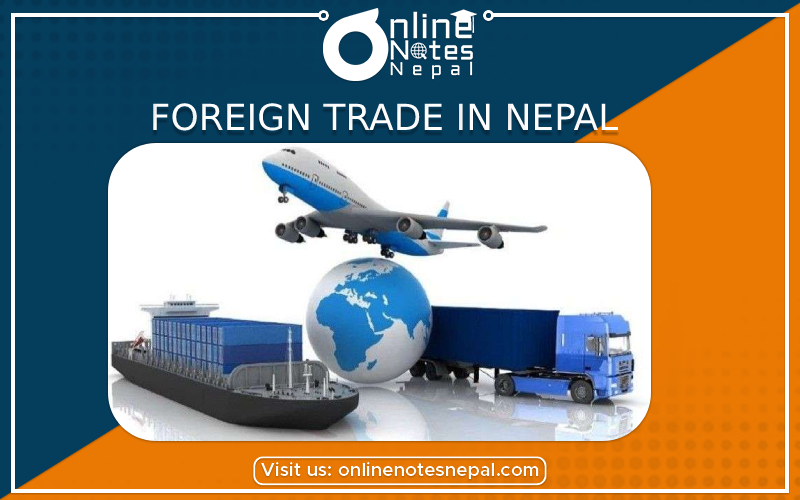Published by: Mandira
Published date: 20 Jan 2022

Traditionally, Nepal's foreign trade was limited to Tibet and India. After 1956, Nepalese trading agencies in Tibet were confined to Xigaze, Gyirong, and Nyalam, with Lhasa, Xigaze, Gyangze, and Yadong specified as markets for trade. In 1980, however, Nepal and China agreed to open 21 new trade routes across the Tibetan frontier. Treaty arrangements with China strictly regulate the passage of both traders and pilgrims in either direction across the border. Up until 1989, treaty agreements between India and Nepal allowed for unrestricted commerce across 21 customs posts along the border, and duty-free transit of Nepalese goods intended for third-party countries through India. In 1989, a breakdown in the treaty renewal negotiations resulted in retaliatory actions on both sides. India's share of Nepali exports plummeted from 38% in 1986/87 to 9% in 1989/90. India's share of the country's imports declined by about 25% to 50%. Despite the severe shock sustained by the Nepali economy, the signing of a new interim agreement in 1990 prevented a prolonged crisis, helping to fuel a robust recovery in export growth as exports increased by 28% in 1990/91 over 1989/90, and again by 35% in 1991/92.
Under the renewal of the bilateral trade treaty with India in 1997, Nepali goods entered India essentially duty free and quota free. As a result, exports to India grew for four years, from 1997 to 2001, at an average rate of 42% a year. The most recent India-Nepal Treaty of Trade, signed in March 2002, continues to allow Nepali manufactures to enter the Indian market on a nonreciprocal, preferential, or duty-free basis, with rules of origin less restrictive than the international norm (Nepal's manufactures can have up to 70% foreign content instead of the international norm of less than 50%). However, it places quotas on four sensitive imports: vegetable fats, acrylic yarn, copper products, and ferro oxide, all at volumes lower than recent Nepali exports to India.
There are two types of patterns of trade are as follows:
Import trade
A good or service brought into one country from another is called import trade. In Nepal, our import is higher than export.Due to the poor condition of industrialization, we massively import good from abroad.We mainly import agricultural tools,motor parts,computer parts,electronic parts,medicine,petroleum products,mobiles,cameras,laptops etc.
Export pattern
An export is a function of international trade whereby goods produced in one country are shipped to another country for future sale or trade. Due to poor performance of the industrial sector, our economy cannot well.Our export is not very satisfactory.Nepal generally exports agricultural products and herbs.The items we export are carpet,jute and its products,ghee,garments,cardamom,leather,food items,oil,tea,coffee etc.Generally,Nepal's export items are cheaper than the items we import.